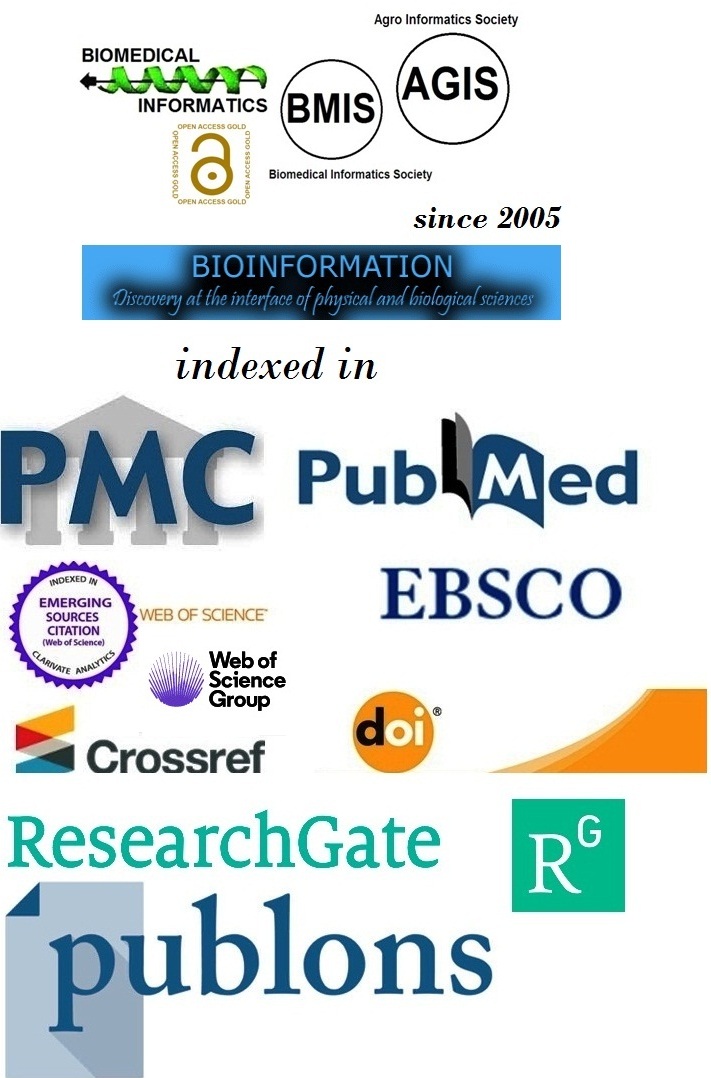Title
Analytical study on systemic lupus erythematosus and its association with cutaneous manifestations
Authors
Nutheti Pavani1, Himanshu Dua2, Mohammed Zakiullah Shareef3, Megha Joy4, Trisha Hammigi5, Sobiya Farook6,* & Kosmita Karki7
Affiliation
1Department of Dermatology, Madras Medical College, Chennai, Tamil Nadu, India; 2Department of Pediatrics, N.K.P. Salve Institute of Medical Sciences & Research Centre and Lata Mangeshkar Hospital Nagpur, Maharashtra, India; 3Department of Internal Medicine, Satyadev Multispeciality Hospital, Anakapalle Andhra Pradesh 531001; 4Department of General Medicine, Queen Elizabeth The Queen Mother Hospital (QEQM), Margate, Kent CT9 4AN, UK; 5Department of Obstetrics and Gynaecology, Madras Medical College, Chennai, Tamil Nadu, India; 6Department of Medicine, East Lancashire Hospital NHS Trust, Royal Blackburn Hospital, Blackburn BB2 3HH, UK; 7Department of Medicine, Nepal Manipal College of Medical Science, Fulbari, Pokhara - 11 , Kaski 33700, Nepal; *Corresponding author
Nutheti Pavani - E-mail: pavupavani54@gmail.com
Himanshu Dua - E-mail: dr_himanshupaeds@yahoo.com
Mohammed Zakiullah Shareef - E-mail: mohammedzaki0904@gmail.com
Megha Joy - E-mail: megha.joy@nhs.net
Trisha Hammigi - E-mail: trishahammigikv1hubli@gmail.com
Sobiya Farook - E-mail: draobiyafarook@gmail.com
Kosmita Karki - E-mail: kosmitakarki1@gmail.com
Article Type
Research Article
Date
Received June 1, 2025; Revised June 30, 2025; Accepted June 30, 2025, Published June 30, 2025
Abstract
Systemic lupus erythematosus (SLE) is a chronic multisystem autoimmune illness with cutaneous involvement being the most frequent of its clinical presentations. Therefore, it is of interest to determine the prevalence and patterns of cutaneous manifestations among SLE patients and their relationship with disease activity. Data comparison of 120 SLE patients was done based on demographic profile, nature of the cutaneous lesions and association with disease activity indices like the SLE disease activity index (SLEDAI). It was found that 75% of the patients presented with cutaneous involvement, of which malar rash was the most frequent manifestation, followed by discoid lesions and photosensitivity. Higher SLEDAI scores were significantly associated with more severe cutaneous symptoms (p < 0.01). The findings underscore the importance of early recognition and treatment of skin lesions for optimal disease outcome in SLE patients.
Keywords
Systemic lupus erythematosus (SLE), cutaneous manifestations, disease activity, malar rash, SLE Disease Activity Index (SLEDAI)
Citation
Pavani et al. Bioinformation 21(6): 1627-1630 (2025)
Edited by
A Prashanth
ISSN
0973-2063
Publisher
License
This is an Open Access article which permits unrestricted use, distribution, and reproduction in any medium, provided the original work is properly credited. This is distributed under the terms of the Creative Commons Attribution License.
